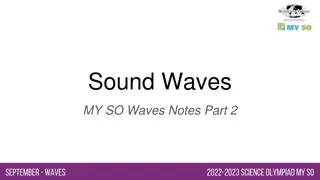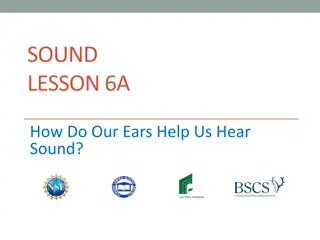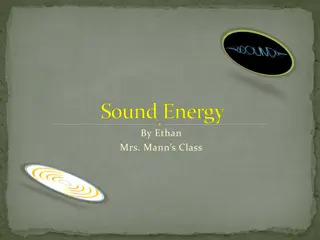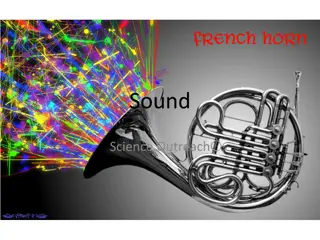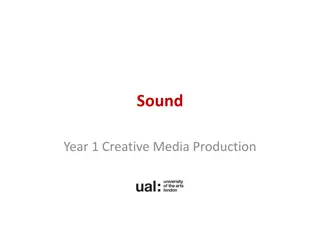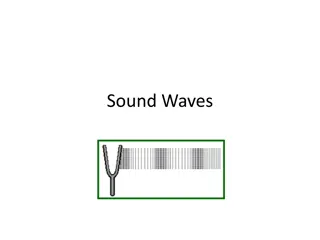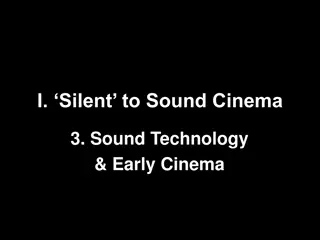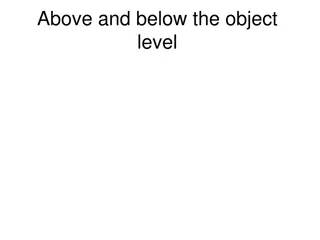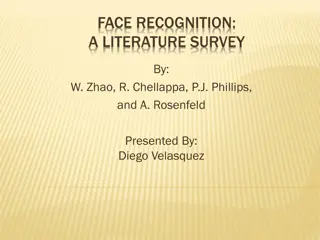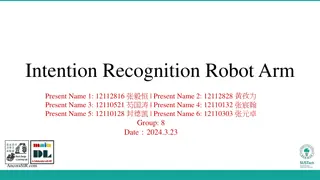Understanding the Influence of Words on Sound Recognition in Interactive and Non-interactive Models
Influence of words on sound recognition differs in interactive and non-interactive models. In interactive models, sounds activate words in the mind in a feedback loop, while in non-interactive models, two routes exist to recognize a sound, one through words and the other directly through sounds. This distinction affects the speed and accuracy of sound recognition processes in the mind.
Download Presentation

Please find below an Image/Link to download the presentation.
The content on the website is provided AS IS for your information and personal use only. It may not be sold, licensed, or shared on other websites without obtaining consent from the author. Download presentation by click this link. If you encounter any issues during the download, it is possible that the publisher has removed the file from their server.
E N D
Presentation Transcript
k kit p mitten kitten a t kick d dog n
How words influence sound recognition in interactive models When people hear sounds, this activates those sounds in the mind (the circles in the model) Sounds are connected to words in the mind. Hearing sounds activates words (the squares). For example, if you hear k , , t , and n , this will activate words like kit and kitten , which have those sounds. Activation can also go backwards. When a word is activated, it activates the sounds that are connected to it. For example, once you recognize the word kitten , you super-activate the sounds k , , t , and n . This is called feedback. This is why words are faster than nonwords in phoneme monitoring. When a sound comes in a real word, it gets activated double hearing the sound itself activates it, but it also gets extra activation from being connected to a word. If a sound is in a nonword, it only gets activation from the sound itself, and not from any word, so it takes longer to get activated enough for you to press a button.
Non-interactive models (also called autonomous models or feed-forward models )
k kitten t n k t n
How words influence sound recognition in non-interactive models There are two different routes to recognize a sound. One route (shown in the top part of the model) goes through words: you first hear the sounds, those sounds activate a word, and then you realize this is a word that has a kin it! so you press the button The other route doesn t go through words, it just directly uses the sounds. When you hear the sounds, you activate each sound in your mind, and when you notice that one is k you press the button When you re hearing a real word, both routes are available, and ultimately you will press the button based on whichever route is faster. Sometimes you might recognize the sound faster via the word route, sometimes you might recognize it faster via the sound route. But since two routes are available and you can always press a button based on the faster route, you will be faster on average When you re hearing a fake word, only the sound route is available; the word route is not available, since this word is fake and does not exist in your mind. Since you only have one route available, your speed on average will be slower than the words (where you can sometimes pick a faster route)




